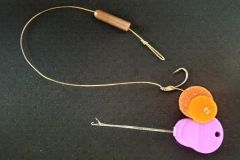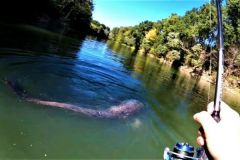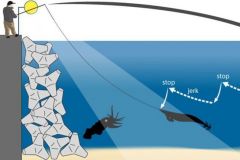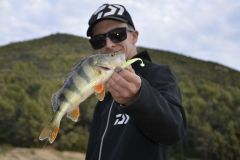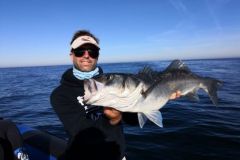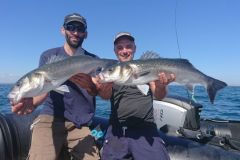What is a clonk teaser?
The clonk teaser is a simple but effective fishing technique that combines the use of a clonk and a teaser. The clonk, often made of wood, carbon, plastic or metal, is used to imitate the swimming sounds of a wounded fish or the communication sounds made by Catfish with their pharyngeal teeth. It is a percussion instrument that is struck against the surface of the water to attract the catfish's attention.
The teaser is a sinker followed by a single or treble hook fitted with a small fin, octopus, pearls or other accessory, which produces an extra vibration in the water, making the imitation realistic. Large worms or strips of squid can be hooked onto the hook to create an attractive scent and volume.
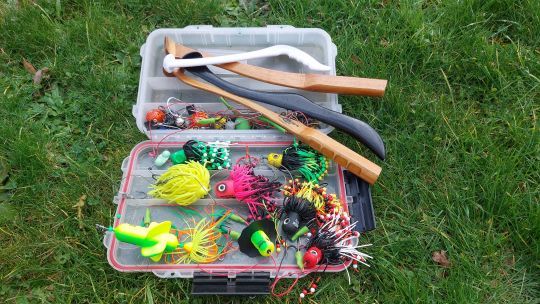
Choosing the right equipment
Your choice of equipment is crucial to the success of this fishing technique. You'll need a sturdy rod capable of withstanding long, intense fights, as well as a high-capacity reel. Ideally, a casting or spinning rod between 1.70 and 1.90 m long is recommended to support the teaser in the sonar beam. A 40 to 50 hundredths braid is generally recommended for the line body. Don't hesitate to use 8-strand braid to limit the vibrations generated by the current. The leader can be made of fluorocarbon or special leader braid to limit abrasion.
The clonk teaser itself should be chosen according to water depth and the specific conditions of the fishing area. There are models suitable for shallow areas, others for deeper water, and some can be fitted with extra weights to sink faster.
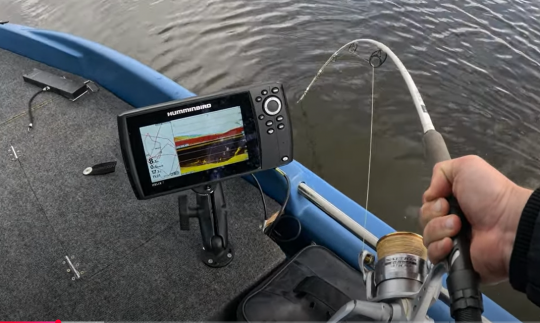
Where and when to go clonk teaser fishing?
The clonk teaser technique is generally used in deep, slow-moving water, where catfish like to hide, but it can also be practised at depths of 2.5 m with great success. This type of fishing is often practised in calm and eddy zones near current areas, river confluences or sandbanks. These areas are often frequented by catfish, which find food and resting places.
The best time to fish is often in the early morning or at the end of the day, when light is lower and catfish are more active. Summer is the ideal season, as catfish are more mobile and easier to attract with the clonk teaser, especially in areas where water temperature remains more stable. But early and late season, when the water is colder, are often crowned with success thanks to the exceptional attractiveness of the worms at these times.
Fishing action
Once your equipment is ready and the area chosen, the animation of the clonk teaser is a key point. Whether drifting slowly or on the spot, the principle is simple: strike the clonk against the water with a steady, sustained rhythm while lowering the teaser into the layer of water lifted from the bottom. The idea is to create a series of percussive noises that attract the catfish, spot them on the sounder and present them with the mouthful in front of their nose so that they succumb to it.
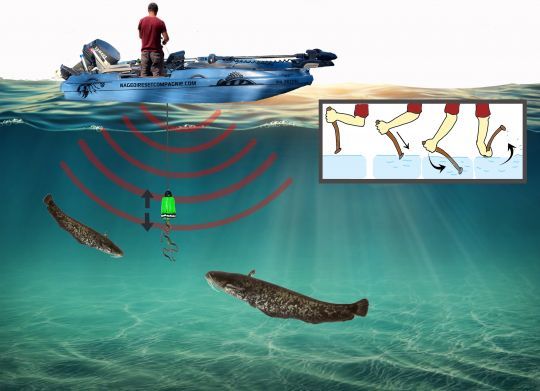
The clonkage movement must be energetic enough for the vibrations to propagate through the water without being too strong, at the risk of repelling the fish. It's important to let the teaser "work" for several minutes before changing position. Catfish being curious fish, they will often approach to investigate the source of these noises, circling around the teaser for a time that will seem like an eternity to the angler, or even pulling gently to pluck out the worms.
Here's a tip: once the Catfish has taken hold of your bait and you feel the pull, make sure you hook with both hands and with a large amplitude. The particularly hard mouth of our whiskered friends requires a strong strike, or even several strikes, to ensure good penetration of the hook point.
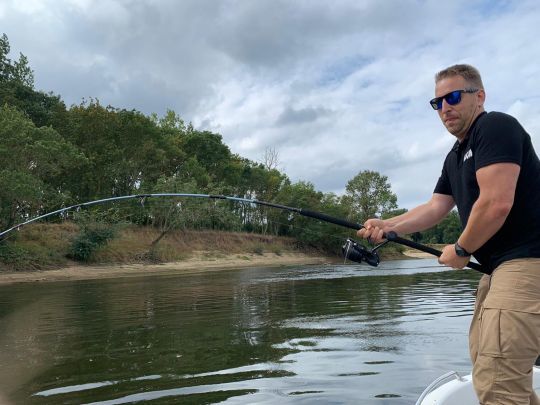
Tips for successful clonk teaser fishing
- Careful presentation a good clonk teaser should be presented in a smooth, even manner. Don't rush your movements and make sure you adapt the rhythm to the catfish's receptivity. Sometimes even standing still will be the recipe, this isn't waddling fishing as we tend to think. Just make sure you're always on top of your target fish so that he finds it the first time and doesn't get spooked by tapping the line.
- Vary the intensity and rhythm of strokes by clonk the intensity of the noise can be varied by striking harder or softer and varying the cadence. Observe fish reaction to the sounder and adjust accordingly.
- Play with colors and vibrations vibrations: sometimes varying between different teaser colors can increase your chances of success by playing on the contrast rather than the color itself. As for the vibrations, you'll have to adapt them according to the refusals you receive. We'll often start with a silent teaser, then increase the vibrations as we go along to find the solution to trigger our moustachioed friends.
- Patience and perseverance the following points should be borne in mind: Catfish can take a long time to bite, especially in clear, deep water. Be patient and don't despair after a few failures. If you don't get a response after several minutes of animation, move to another area and come back to it once it has rested.
- Monitor weather conditions catfish are more inclined to feed when atmospheric pressure is stable, and they become more active after rain, during storm surges or when water temperature changes.

Do I need an echo sounder for clonk teaser fishing?
The echo sounder helps you to identify precisely where catfish are potentially to be found, enabling you to target fishing areas more effectively. Before you start using your clonk teaser, you can navigate the area with your echo sounder to spot any groupings of fish. If the echo sounder indicates concentrations of fish or structure, you can concentrate your efforts there, which should pay off.
- Spotting bottoms and catfish use the echo sounder to identify the areas you wish to explore. Catfish often frequent areas with irregular bottoms, where they can hide, often with structures (trees, wrecks, rocks...etc.). An echo sounder capable of distinguishing bottom structures is therefore a valuable asset.
- Adapting animation clonk teaser: once you've located a group of catfish, the clonk teaser can be used to attract these fish to your position. The echo sounder allows you to monitor the reaction of the fish to your animation and modify the clonk presentation if necessary.
- Optimizing fishing strategy the echo sounder also helps you track catfish movements and adjust your fishing technique. If the fish don't respond to your clonk teaser, you can move your boat or change area, without wasting time searching blindly.
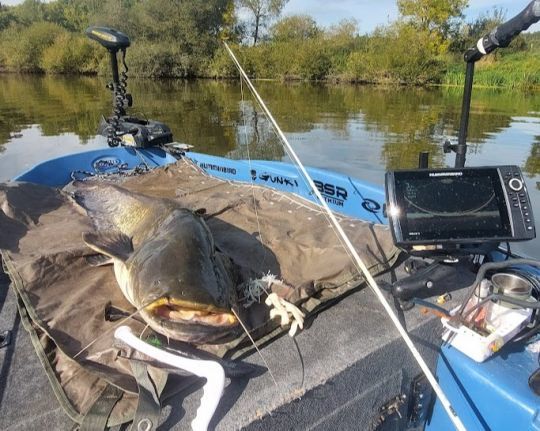
Conclusion
Clonk teaser fishing is a method that requires patience, but can be extremely rewarding. Mastering this technique means learning to understand the catfish, its habits and how to adapt to fishing conditions. Last but not least, it's a technique that's increasingly authorized even during the closed season for lure fishing (check with your local fishing federation), thanks to its very specific Silure character, so you might as well make the most of it!

 /
/ 



